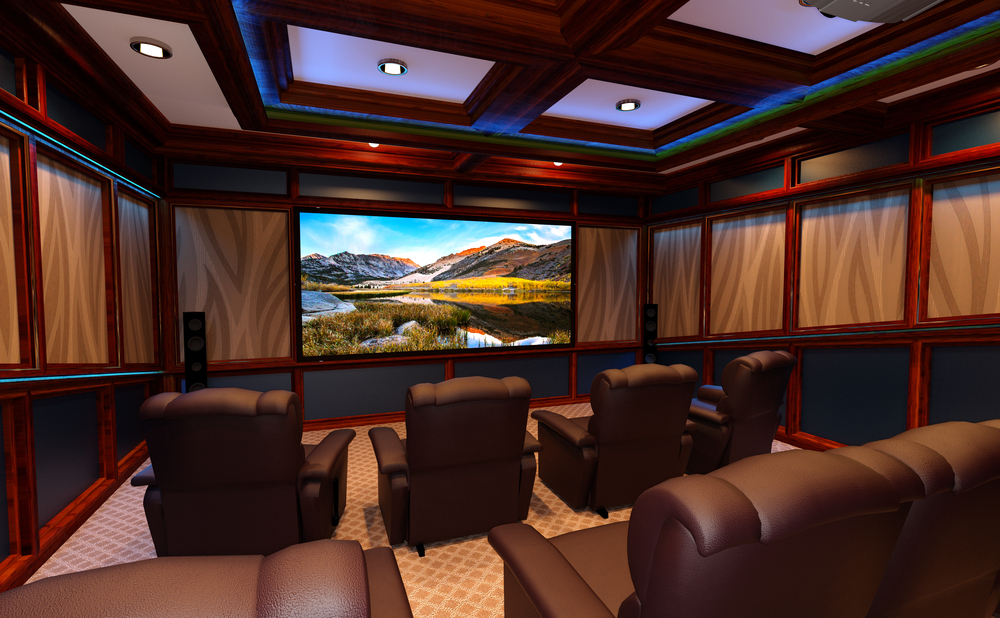
You've invested in a top-notch home theatre system to enjoy the ultimate movie and gaming experiences, so it's crucial to ensure its longevity by taking proper care of it. With regular maintenance, you can protect your investment and ensure that you continue to get the best performance from your home theatre system for years to come.
In this article, we'll provide you with practical, detail-oriented advice on how to keep your system in tip-top shape, from cleaning and dusting components to ensuring proper ventilation, protecting against power surges, regularly updating software, and calibrating audio and video settings.
By following these guidelines, you'll not only extend the life of your home theatre system, but also maintain its optimal performance. The result will be a consistently high-quality audio and visual experience that you can enjoy with friends and family.
So, let's dive into the nitty-gritty of home theatre maintenance and help you get the most out of your entertainment system.